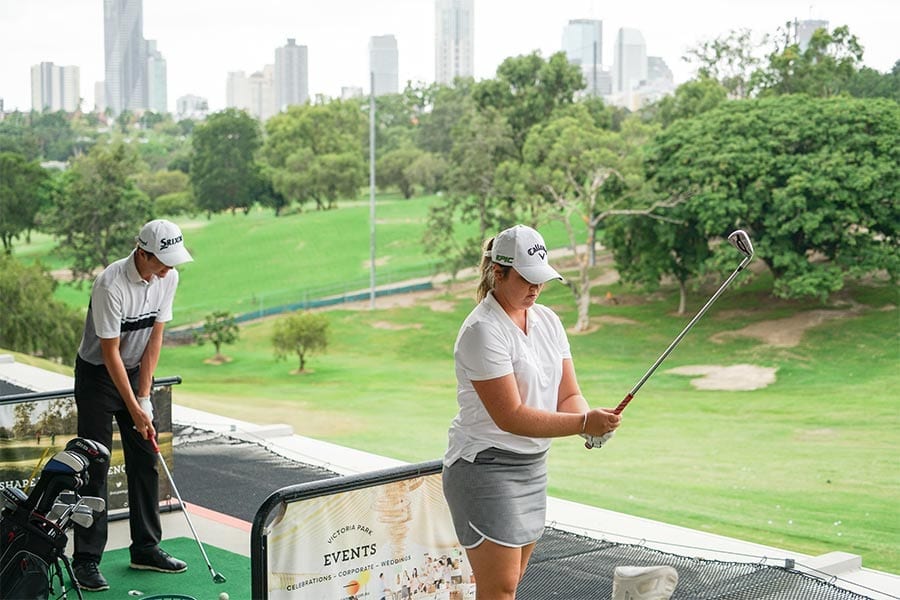Your cart is currently empty!
Pro Tips: Constructive Practice Habits

Most golfers understand that practicing is essential to improving their golf game. Normally they either start having lessons and combine this with practice, practice without having lessons or they get on YouTube and spend hours listening to instructional videos and then practice these techniques at the range or course.
Option one is the smart way, option two is ok if you keep it simple, and option three is a short cut to frustration and golf oblivion.
Two of the questions most coaches ask new clients are:
Do you practice?
And if so, how often do you practice?
Sometimes we get the answer “No, I don’t practice, as I don’t know what to practice and am scared of creating bad habits”. This is a smart golfer. The best way to improve your golf game is to create a consistent mental focus that is based on a process where repetition is vital and success or failure is not important.
How do we learn to snow ski or surf? We fall over, accept that we are learning and get back up again. However with golf if it’s not perfect and working for every shot we move on to the next theory. Failure is an important part of the learning process and the less you allow emotion to dictate your practice the quicker you will improve.
Let’s break down your practice sessions into three areas:
Mental
- Do not practice when mentally tired, stressed or pre occupied with other matters.
- Have a clear objective on whether you are working on the technical process or game outcome process. Do not work on both.
- If working on technique you should only focus on a limited number of key areas with the objective of being perfect in those key areas while the outcome of the actual shot may be poor. You only have two to three seconds of motion time in a golf swing so it’s extremely difficult to think about numerous technical keys and then physically execute them in the action.
- If working on game outcome then it’s all about visualization, feel, set up, alignment and one hundred per cent commitment to the shot.
- This type of practice is ideal leading into an important tournament or game while the technical practice needs to be done weeks and months earlier.
Physical
- Limit the amount of balls you hit and the time you practice based on how your body feels and your ability to concentrate.
- Tape your fingers if you have soft skin to prevent blisters and irritation and stretch, stretch and then do more stretching. Warm up but the stretch after practice is the key. Golf is very demanding physically so look after your body.
- Increase your practice over time and in the summer months stay hydrated and remember the old saying quality rather than quantity.
Technique
- Simplify your technical practice by breaking your action down into three simple components, set up, back swing and forward swing.
- Set up involves grip, stance, posture, ball position, tee height and alignment.
- Back swing is the motion of the body and club from the set up position to the top of the backswing.
- Forward swing is the motion of the club and body from the top of the backswing to and through the ball to the completed follow through finish position.
- When practicing technique always focus on set up as a poor set up creates a poor action. After set up focus only either on some back swing or forward swing keys.
- You can only focus on one or two components not all three and set up is easy because it’s a static position and you should have reference check points to guarantee a consistent set up.
- After set up the brain now can focus on those key action techniques and execute physically in the two to three seconds of motion.
Be patient, focused and consistent and remember from consistency comes confidence.
Good golfing.
Chris Chaplin
Teaching PGA Golf Professional
Victoria Park Golf Complex
[button href=”https://victoriapark.com.au/golf/lessons/golf-coaches/”]MEET THE COACHING TEAM[/button]